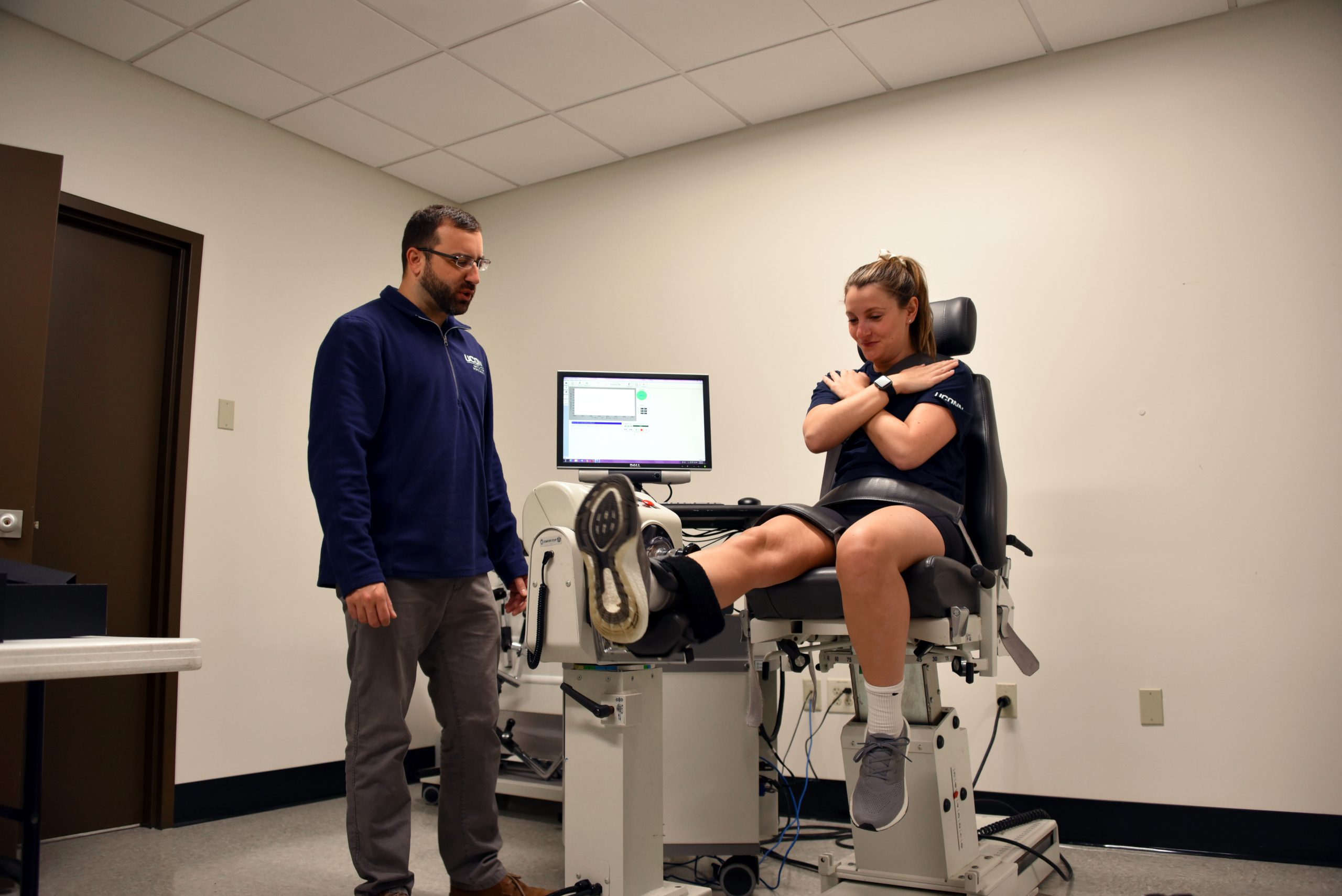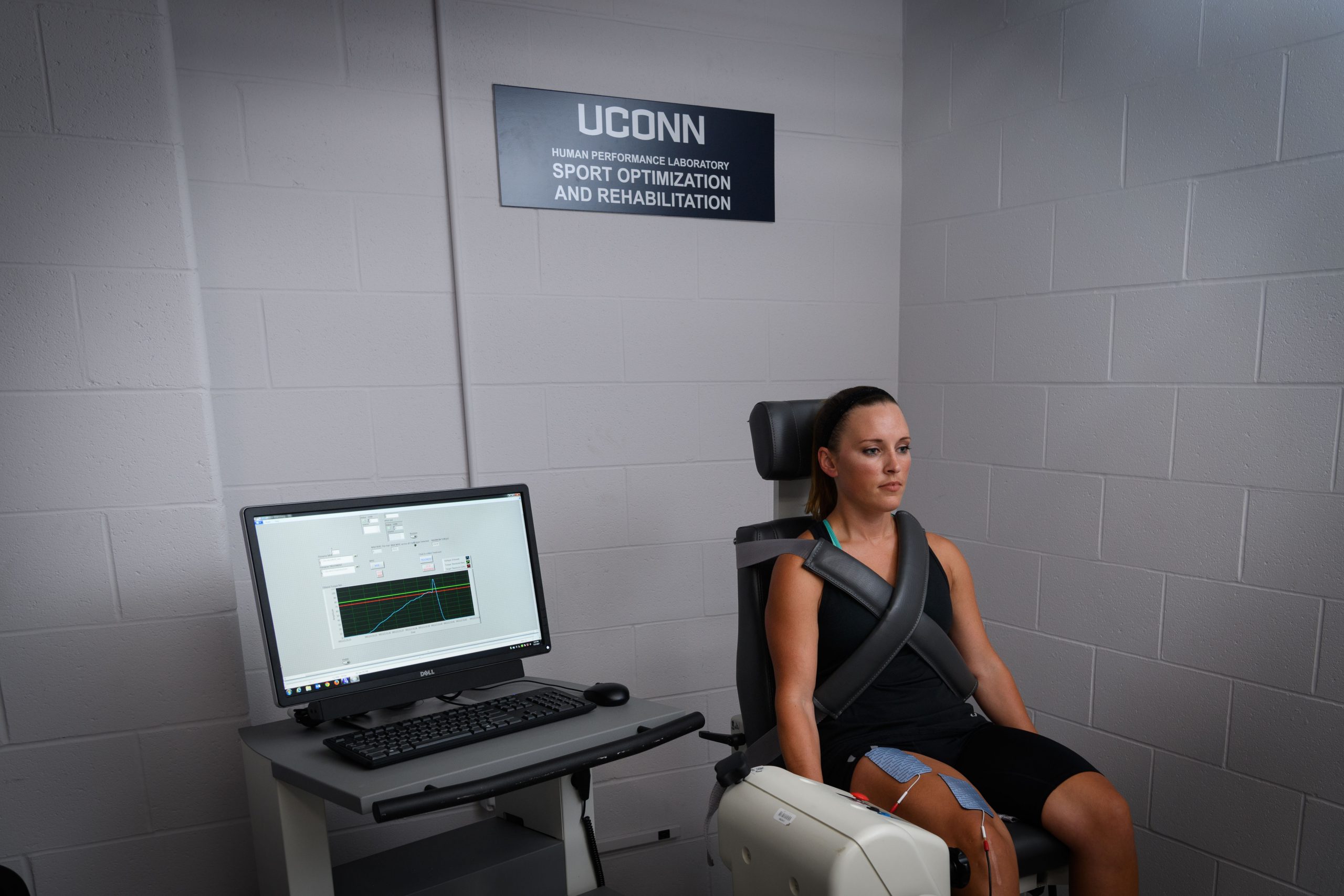Biodex Strength Testing


Biodex Strength Assessment
Measure. Compare. Optimize.
The Biodex Strength Assessment provides an in-depth, data-driven analysis of muscle strength, balance, and neuromuscular activation to guide recovery, performance, and return-to-sport or duty decisions. Using the Biodex System 3 Isokinetic Dynamometer (Hartford, CT), or the Biodex System 4 Isokinetic Dynamometer (Storrs, CT) our team delivers precise, repeatable testing to evaluate both muscle performance and neuromuscular control.
What’s Included in Your Assessment
Isometric Strength Testing
Isometric testing measures the maximal voluntary muscle force generated without joint movement. This provides a stable, joint-safe assessment of muscular strength and is especially valuable early in rehabilitation or for identifying persistent weakness after injury or surgery.
Key Outcomes:
-
Peak torque at static joint angles
-
Muscle activation levels and side-to-side symmetry
-
Identification of strength deficits limiting performance
Isokinetic Strength Testing
Isokinetic testing measures dynamic strength at controlled angular velocities, allowing for safe and accurate evaluation of force production throughout the full range of motion. This is the gold standard for assessing muscle strength balance between limbs and agonist/antagonist muscle groups.
Key Outcomes:
-
Peak torque and average power at varying speeds
-
Quadriceps-to-hamstring strength ratios
-
Limb symmetry indices for return-to-sport readiness
-
Eccentric vs. concentric performance metrics
Muscle Inhibition Testing (Central Activation Ratio – CAR) - STORRS LOCATION ONLY***
Muscle inhibition testing evaluates how effectively your nervous system activates your muscles. Using the Central Activation Ratio (CAR), we determine the degree of arthrogenic muscle inhibition (AMI)—a common limitation following joint injury (e.g., ACL reconstruction).
Key Outcomes:
-
Quantification of voluntary muscle activation
-
Identification of neural deficits contributing to weakness
-
Guidance for targeted neuromuscular retraining strategies